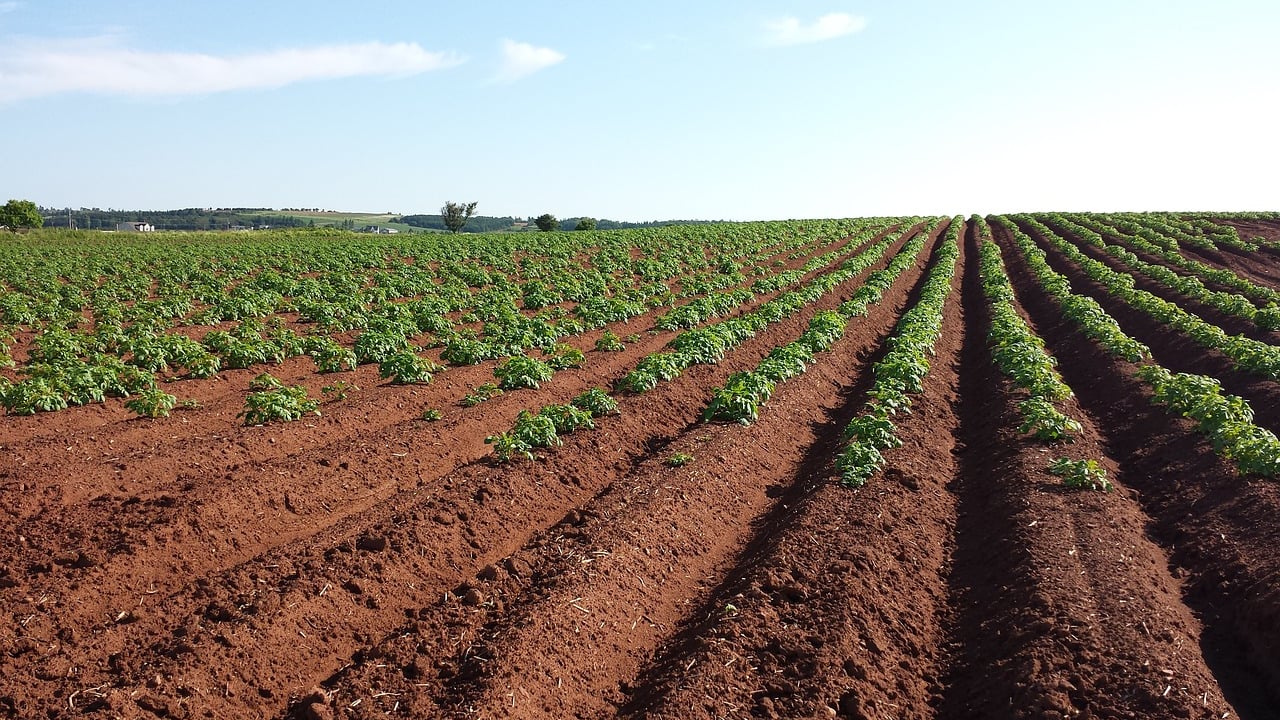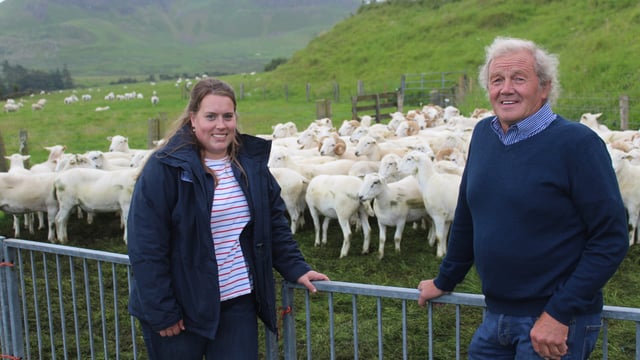Map outlines how agri-food system can protect microbiomes
Map reveals hidden connections between our food, health, and planet
A map of "agri-food system microbiomes" has revealed how players at every stage of the food system can restore and protect dwindling microbiomes to help boost human and planetary health.
A paper published in Frontiers in Science found that when microbiomes are diverse and balanced, they keep our food safe, nutritious, and sustainable, and our planet healthy.
However, the quality of these networks is declining across the whole system.
This can be seen in the uptick of antimicrobial resistance (AMR), crop failures, loss of microbial diversity in soil, water, and the human gut, and increased food spoilage.
The authors say this is due in part to a combination of highly processed diets that disrupt natural microbiomes, the climate crisis, intensive farming, antibiotic and fertilizer overuse, and pollution.
The paper's author, Teagasc's Dr. Paula Fernandez-Gomez said: "Microbes explain everything from why strawberries rot and how farmed salmon get sick, to why locally produced, minimally processed and probiotic-rich foods are good for our health.
"Declining microbial health is mirrored in the health of people and planet -showing up in dwindling food quality and availability, and in rising chronic disease for animals and plants."
To tackle this, researchers are increasingly looking to the hidden communities of microbes that underpin these systems, such as those found in plants, animals, soil, agriculture, aquaculture, and food processing.
The review draws them together into a single map and identifies where microbial networks are breaking down, and has illuminated where targeted interventions such as probiotics, microbial consortia, or biofertilisers may have the biggest impact.
Redressing the balance
The map demonstrates how a joined-up approach from consumers, agricultural innovators, regulators, educators, and scientists, can help to protect and restore these hidden networks.
According to the authors, this will help to boost the sustainability and resilience of global food systems, as well as restoring the health of food sources, and therefore of animals, people, and the planet.
It reveals how each player in the food system can help to redress the balance:
- Everyday consumers should choose fresh, minimally processed, and locally produced food, and support microbe-friendly policies.
- Industry should scale up microbe-based innovations in farming, food processing, and aquaculture.
- Regulators can build evidence-based frameworks for safe, effective use of microbiome-based interventions.
- Educators and communicators can raise awareness and build trust in microbiome science.
- Scientists can deepen out understanding of microbiome function through experimental and omics-based approaches.




